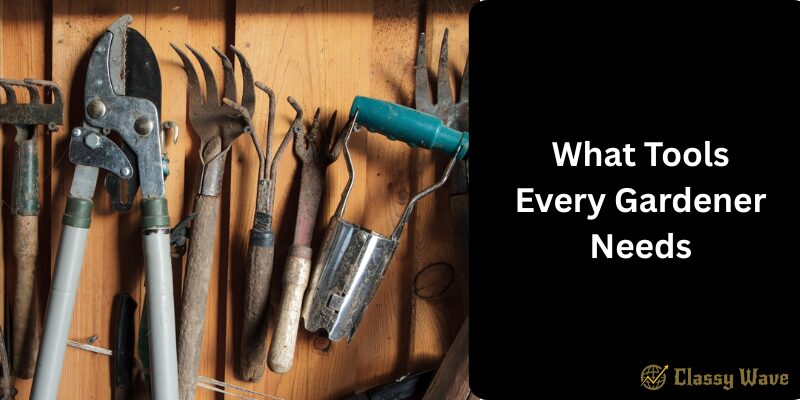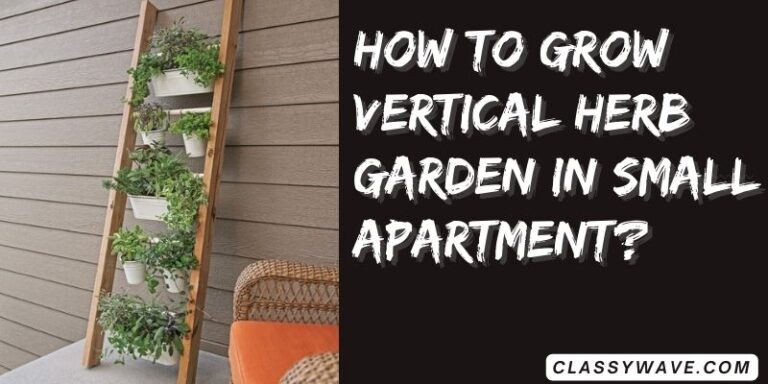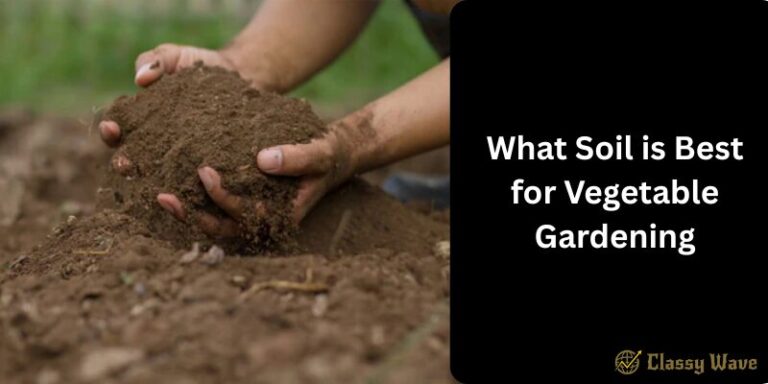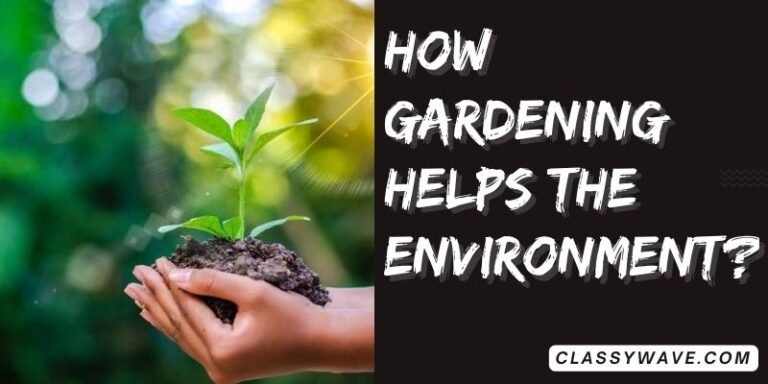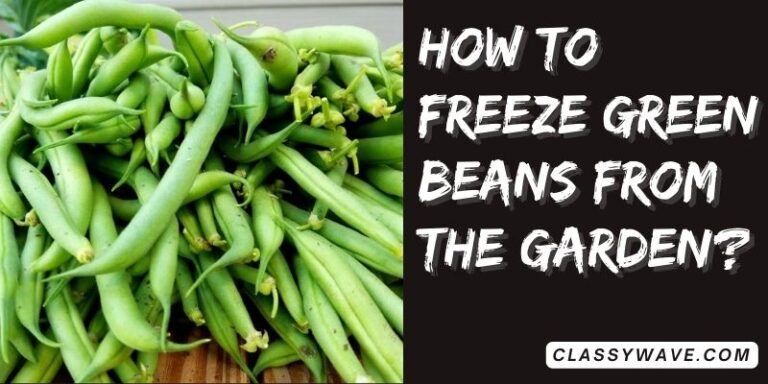What Tools Every Gardener Needs | Classy Wave
Whether you’re a beginner planting your first seed or an experienced green thumb, having the right tools can make gardening easier, faster, and more enjoyable. The right set of gardening tools doesn’t just save time — it also helps your plants grow healthier and stronger. So, let’s explore what tools every gardener truly needs to create and maintain a thriving garden.
1. Hand Trowel
A hand trowel is a gardener’s best friend. It’s used for digging small holes, transplanting seedlings, and removing weeds. Choose one with a sturdy stainless-steel blade and a comfortable handle that won’t slip when your hands get sweaty or muddy.
2. Pruning Shears (Secateurs)
Pruning shears are essential for trimming and shaping plants. They help remove dead leaves, overgrown branches, and encourage new growth. Always keep your shears sharp and clean to prevent damaging your plants and spreading diseases.
3. Garden Gloves
A good pair of garden gloves protects your hands from thorns, blisters, and dirt. Go for gloves that fit well and are breathable yet durable enough to handle rough work. Rubber-coated or leather gloves work great for most gardening tasks.
4. Watering Can or Hose
Plants can’t survive without water, and having the right watering tool makes all the difference.
- A watering can is perfect for small gardens or indoor plants.
- A garden hose with an adjustable spray nozzle works best for larger outdoor spaces.
Watering in the early morning or evening helps your plants absorb moisture efficiently.
5. Garden Fork
A garden fork is ideal for turning soil, breaking up compacted dirt, and mixing compost. It’s more effective than a spade in loosening hard or rocky soil. Look for one with a sturdy handle and strong tines that won’t bend easily.
6. Spade
The spade is one of the most versatile tools in any garden. It’s great for digging, edging, and lifting soil or plants. A sharp-edged spade with a long handle will save your back and make digging much easier.
7. Rake
Rakes come in two main types — leaf rakes and garden rakes.
- Leaf rakes are lightweight and perfect for gathering leaves or grass clippings.
- Garden rakes have stronger metal tines, useful for leveling soil and removing stones or debris before planting.
8. Hoe
A hoe is great for weeding and cultivating soil. It helps loosen the top layer of soil, allowing air and nutrients to reach the roots. Choose the type of hoe based on your garden’s size — a short-handled hoe for small spaces and a long-handled one for larger beds.
9. Wheelbarrow or Garden Cart
If you have a larger garden, a wheelbarrow or garden cart is a must. It helps you move soil, compost, plants, and tools effortlessly. Opt for a lightweight yet sturdy model that’s easy to maneuver.
10. Hand Weeder
Weeding is one of the most common gardening tasks, and a hand weeder makes it simpler. It’s a small, pointed tool that helps remove weeds from tight spaces without disturbing nearby plants.
11. Gardening Kneeler or Pad
Gardening often involves a lot of bending and kneeling. A kneeling pad or garden seat provides comfort and protects your knees from strain or injury. Some even come with built-in tool pockets — super handy!
12. Spray Bottle
A spray bottle is perfect for misting delicate plants, seedlings, or indoor greens that prefer humidity. You can also use it to apply natural pest repellents like neem oil or vinegar mixtures.
13. Garden Scissors
Garden scissors are lightweight and perfect for cutting herbs, trimming flowers, or harvesting vegetables. Unlike pruning shears, they’re ideal for delicate snipping jobs where precision matters.
14. Soil Testing Kit
Knowing your soil’s health is crucial for plant success. A soil testing kit helps you check pH levels and essential nutrients, letting you know what amendments your soil might need.
15. Compost Bin or Bucket
Sustainable gardening starts with composting. A compost bin allows you to recycle kitchen waste and garden clippings into rich, organic fertilizer. Even a small bucket indoors can do the job if you have limited space.
Bonus Tip: Keep Your Tools Clean
Always clean and store your tools after use. Dirt and moisture can cause rust and dull blades, shortening your tools’ lifespan. Wipe them down, oil metal parts, and keep them in a dry shed or toolbox.
Conclusion
Having the right gardening tools makes a huge difference between frustration and fulfillment. From digging and planting to pruning and watering, each tool plays an important role in helping your plants grow healthy and strong. Invest in good-quality tools, care for them properly, and your garden will reward you with beauty and abundance year after year.

